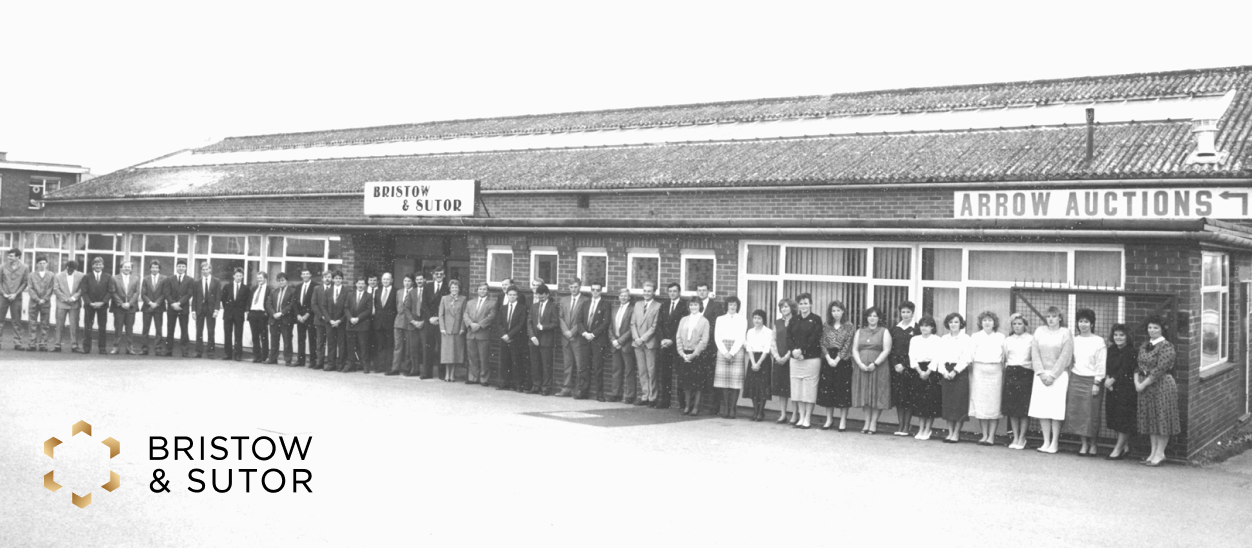Bristow & Sutor is a UK-based enforcement agency that specialises in debt recovery and enforcement services. They work with a range of clients, including local authorities, magistrates' courts, and private sector organisation, to recover outstanding debts such as council tax arrears, parking fines, and commercial rent arrears. This project involved envisioning a new mobile app design for enforcement agents on the field while retaining the functionalities present in the legacy mobile app and migrating existing ones from the web application
Read MoreInfoTrax® Systems, a trusted global name in the Multi-Level Marketing (MLM) software, is an industry leading provider of backend operations systems and online distributor tools for the Direct Sales industry. In order to target diverse clientele and simplify propriety codebase, Infotrax decided to ship their services to their customers as subscription-based APIs instead of their legacy full-stack solutions.
Read MoreProject Haze is a site-specific immersive mixed-media installation that tries to invoke the feeling of 'lightness' among its users.
The installation, which works both a day as well as a night installation, takes inspiration from Gaston Bachelard's 'Poetics of Air' and explores the notion of using mist to create a 'ganzfeld effect'. In such a situation, the audience gets separated from their surroundings and immersed in a uniform stimulation field of sound, light, and touch. The result is a heightened sensory perception of all the senses and the flow of individual imagination.
The day installation relies on sunlight and wind to create movement in the mist which seems to immerse from the ground and fly upwards lifting the observer with them. The cool sensation of minute water droplets steals the heat from the sun, leaving a cooling sensation with them, the lack of obstacles allows them to play and explore the 'materiality of the cloud'. The viewer also has a chance to spot a circular rainbow against the sun, which seems to participate in their movement adding more delight to the experience.
During the night, the artist uses projection mapping to introduce volume to an otherwise invisible installation which again reinforces the principles of sensorial engagement, freedom in seclusion, and the materiality of mist with its audience.
Read MoreThe outputs of the second week of Kinetic Sculpture under the guidance of Prof. Ranjit Konkar, Dr. Jignesh Khakhar and Prof. Vivekanand Yengaldas.
Team: Shafali Jain & Sarwesh Shah
Sculpture inspiration: Anne Lily
Read MoreCourse overview and explorations in Week 1 of module Kinetic Sculpture.
Mentor: Prof Ranjit Konkar
Team: Sarwesh Shah, Shafali Jain
Read MoreCourse name: Design Process
Mentors:
Juhi Pandey, Balaji Rangaraja
Authors:
Ananya Biswas, Ashish Dubey, Raonak Lakra,
Sarwesh Shah, Suminder Singh, Suruchi Soren
Read More










